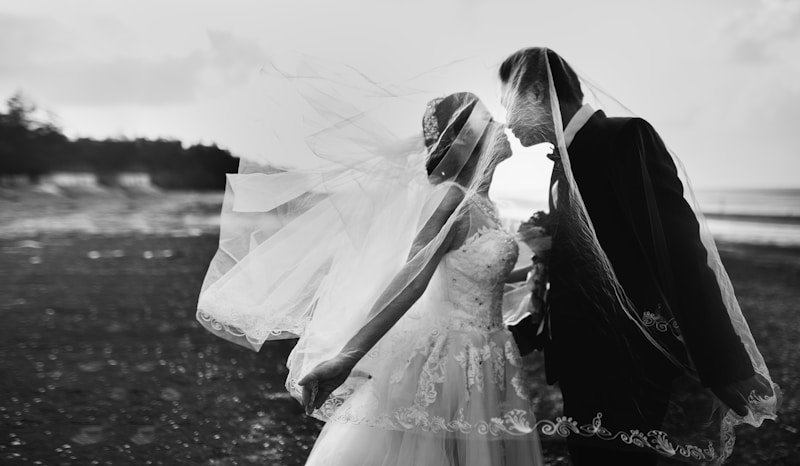Customizing Your Wedding Dress: A Personal Touch for Your Special Day
Your wedding day is one of the most important events in your life, and your wedding dress is the centerpiece of it all. Customizing your wedding dress not only allows you to express your unique personality but also ensures a fit that enhances your natural beauty. In this article, we will explore various aspects of customizing your wedding dress, including design options, fabrics, styles, and tips for ensuring that your dress reflects your vision.
The Importance of Customization
Choosing a wedding dress can be overwhelming with so many options available, but customizing your dress can help simplify the process and make it a rewarding experience. Here are a few reasons why customizing your wedding dress is crucial:
- Individuality: Customization ensures that your dress stands out and reflects your personality.
- Perfect Fit: A customized dress is tailored to your measurements, providing a flawless fit that off-the-rack dresses often cannot achieve.
- Quality and Craftsmanship: Working with a skilled designer can guarantee high-quality materials and workmanship.
- Personal Connection: The process of customizing your dress allows you to create something special that you will cherish forever.
Designing Your Dream Dress
When beginning the customization process, consider your vision and inspiration. Here are steps you can take to design your dream wedding dress:
1. Gather Inspiration
Start by collecting images from bridal magazines, websites, and social media platforms. Create a vision board that captures your desired style, colors, and themes. This will serve as a fantastic reference point when communicating with your designer.
2. Choose the Right Silhouette
The silhouette of your dress can dramatically influence your overall look. Here are some popular silhouettes to consider:
| Silhouette | Description |
| A-Line | Flattering to most body types, this style features a fitted top and flowy skirt. |
| Mermaid | Fitted through the bodice and hips, flaring out at the knees for a dramatic look. |
| Ball Gown | A classic romantic style with a fitted bodice and a full, voluminous skirt. |
| Slim/Sheath | A fitted style that hugs the body’s curves and offers a sleek look. |
3. Select Your Fabric
The fabric you choose will not only affect the aesthetics of your dress but also its comfort. Common wedding dress fabrics include:
- Satin: A luxurious fabric with a glossy finish, perfect for formal occasions.
- Lace: Adds texture and softness, ideal for vintage-inspired designs.
- Tulle: Light and airy, great for layered skirts and princess gowns.
- Chiffon: Lightweight and flowing, excellent for creating ethereal looks.
Personalizing Details
Once you’ve decided on the style and fabric of your dress, it’s time to add personal touches. Here are some details you might consider:
1. Embroidery and Beading
Add intricate embroidery or sparkling beads to enhance your dress. These details can elevate a simple design to something extraordinary.
2. Custom Train
A custom train can add drama and elegance to your dress. You can opt for a chapel, cathedral, or sweep train, depending on your preference and venue.
3. Color Customization
While white or ivory is traditional, don’t shy away from incorporating color into your dress. Consider pastels or even bold colors that resonate with your style.

Working with a Designer
Finding the right designer is crucial for bringing your vision to life. Here are tips for choosing the right one:
- Research: Look for designers who specialize in bridal wear and have positive reviews from past clients.
- Consultation: Schedule a consultation to discuss your vision; this is a crucial step in understanding their approach and expertise.
- Check Portfolios: Review their previous work to ensure their style aligns with your vision.
Fitting Sessions
Customization also involves several fitting sessions to ensure the dress fits perfectly. Here’s what to expect:
1. Initial Fitting
During the initial fitting, your designer will take your measurements and discuss fit preferences.
2. Subsequent Fittings
As the design comes together, you will have several fittings to make any necessary adjustments in fit and style.
Final Touches Before the Big Day
In the final weeks leading up to your wedding, there are a few things to keep in mind:
- Final Fitting: Schedule your last fitting a week or two before the wedding to allow for any last-minute adjustments.
- Clean and Preserve: Ensure your dress is professionally cleaned and preserved after your wedding to maintain your memories.
Conclusion
Customizing your wedding dress is an exciting process that allows for personal expression and creativity. By considering the design, fabric, and individualized details, you can create a stunning gown that perfectly embodies your style on your special day. Remember, it’s essential to choose a skilled designer, communicate openly about your vision, and allow ample time for fittings. With careful planning and customization, you’ll have a dress that not only looks beautiful but also holds cherished memories for years to come.
As a final note, always keep in mind the significance of comfort and confidence in your customized wedding dress. You’ll be making memories that last a lifetime; let your dress be a part of that story!